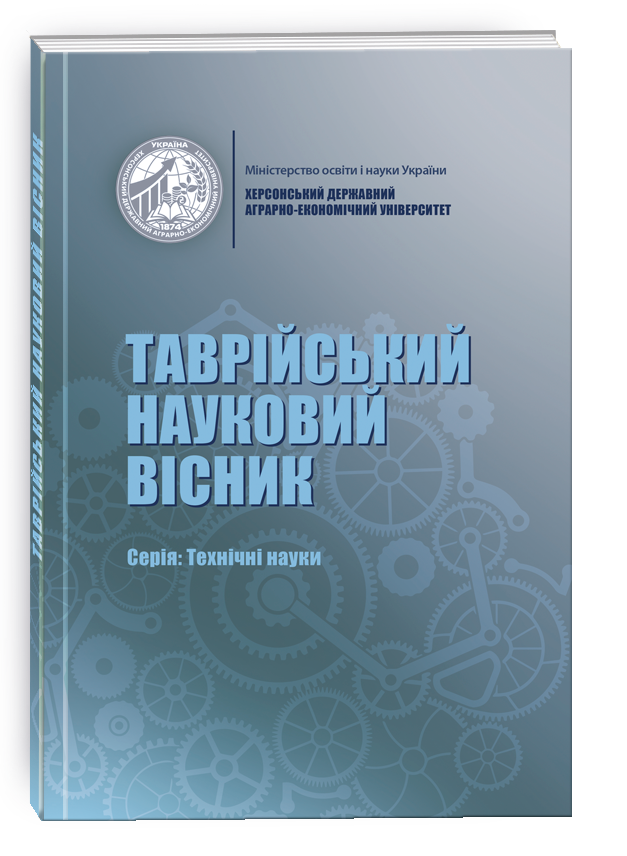PRIMARY DATA PROCESSING OF STUDENTS’ SPORTS TRAINING RESULTS ON ROWING SIMULATORS CONCEPT2 FOR FURTHER ANALYSIS USING THE PANDAS LIBRARY
DOI:
https://doi.org/10.32782/tnv-tech.2023.2.4Keywords:
sport, academic rowing, simulator, Concept2, dataset, Pandas, DataFrame, characteristics, associationAbstract
The article presents the initial stage of the study of sports results in academic rowing of students of Petro Mohyla Black Sea National University, which consists in obtaining data on the results of training on rowing simulators Concept2 and further comparison with the data of rowing test protocols. The structure of the data stored in the internal memory of rowing simulator monitors is presented and their inconvenience in further processing and analysis is indicated. The use of the Pandas library of the Python language and its DataFrame class, which is a convenient way to store data in tabular form and transform it, is shown when cleaning data. The process of obtaining the final data frame suitable for further data analysis and applying machine learning methods to it to identify dependencies between the anthropological characteristics of students and the distances they covered and the power of their strokes during training, as well as to predict future sports results, is presented in detail. It is shown that the initial data of training on rowing simulators stores training during one calendar year, and that the results of one training session are presented in several lines, so it is necessary to first filter only the necess ary data and then present them in a form that stores only one training session in one specific line. The article presents a variant of realization of this representation by means of the Pandas library. The data structure of the rowing test protocols entered by physical education teachers is presented, namely, the anthropological characteristics of students entered in the relevant protocols. The process of obtaining a dataframe with protocol data, which is the result of merging two sheets of a file with protocols, is presented. As the last operation in data cleaning, we present the union of the two obtained dataframes with the data of rowing machines and protocols, respectively, by common fields, which are the date and time of the start of training and the inventory number of the machine, which is analogous to the JOIN operation in SQL.
References
P. Lamb, R. Bartlett, A. Robins. Self-organizing maps: An objective method for clustering complex human movement. International Journal of Computer Science in Sport, 9(1), 2010. P. 20–29.
H. Ghasemzadeh, R. Jafari. Coordination analysis of human movements with body sensor networks: A signal processing model to evaluate baseball swings. IEEE Sensors Journal, 11(3), 2011. Р. 603–610.
A. Baca. Methods for recognition and classification of human motion patterns-a prerequisite for intelligent devices assisting in sports activities. IFACProceedings Volumes, 45(2), 2012. P. 55–61.
H. Novatchkov, A. Baca. Fuzzy logic in sports: a review and an illustrative case study in the field of strength training. International Journal of Computer Applications, 71(6), 2013. P. 8–14.
J. Wang, R. Chen, X. Sun, M. F. She, etc. Recognizing human daily activities from accelerometer signal. Procedia Engineering, 15, 2011. P. 1780–1786.
K. Taylor, U. A. Abdulla, R. J. Helmer, J. Lee, etc. Activity classification with smart phones for sports activities. Procedia Engineering, 13, 2011. P. 428–433.
Concept2 Rowing Machine – RowErg with PM5 – By Direct. URL: https://www.concept2.com/indoor-rowers/concept2-rowerg (дата звернення: 23.05.23).
B. Bateman, S. Basak, T. Joseph, W. So. The Pandas Workshop. Packt Publishing, 2022. 744 p.







